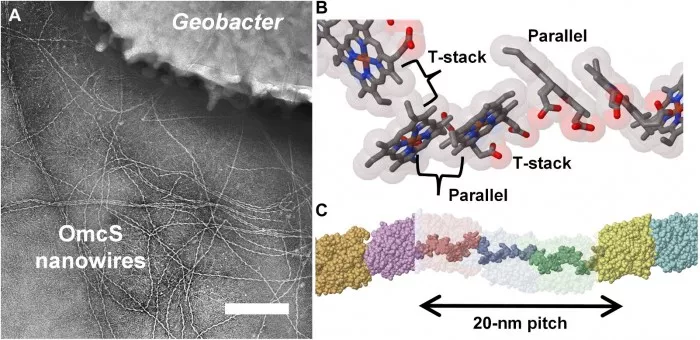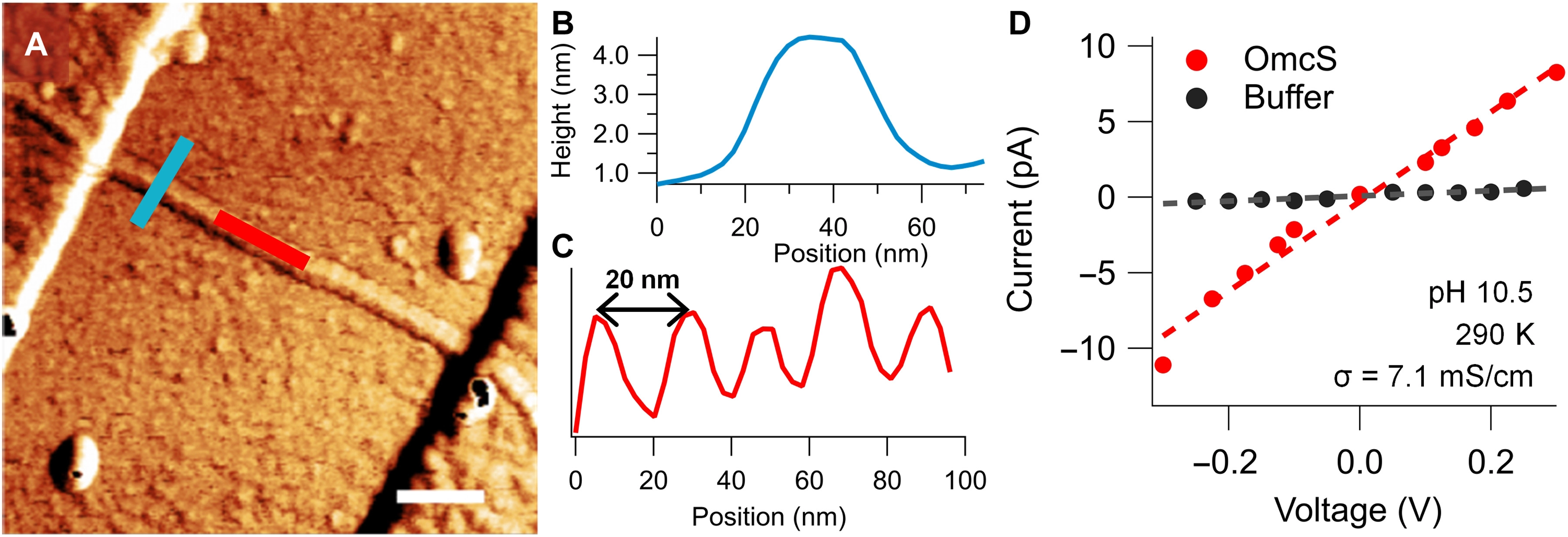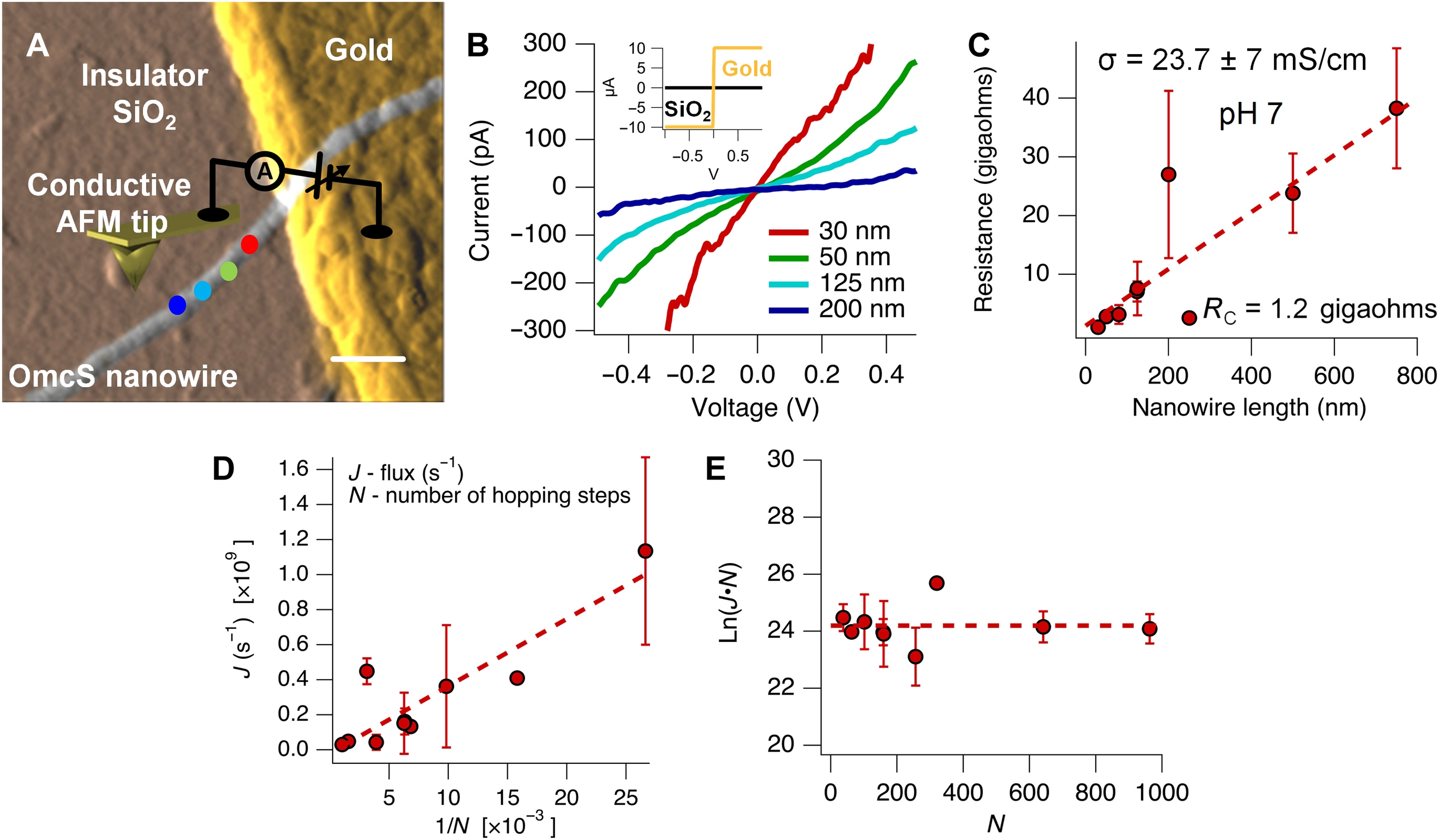The ground beneath our feet and the sea floor is a charged grid formed by bacteria "exhaling" excess electrons through tiny nanowires in an anoxic environment By determining the mechanism of electron flow, Yale researchers have been studying how to improve this natural conductivity in nanowires with a diameter of only 1 / 100000 of human hair

Published in [scientific progress] on May 11( https://www.science.org/doi/10.1126/sciadv.abm7193 ) 》In a new study, a team led by graduate student Peter Dahl, assistant professor of molecular biophysics and biochemistry at the Institute of Microbial Sciences Nikhil malvankar and chemistry professor Victor Batista found that nanowires can move 10 billion electrons per second without any energy loss. This study explains the extraordinary ability of these bacteria to send electrons over long distances.

The researchers also found that cooling the environment around the nanowires of Geobacter bacteria from room temperature to freezing point increased the conductivity by 300 times. This is very surprising because in organic materials, cooling usually freezes electrons and slows them down. By combining experiment with theory, the researchers found that the lower temperature reorganized the hydrogen bond and reduced the hemoglobin in the nanowires, thus enhancing the flow of current.

The use of this naturally generated grid may one day lead to the development of living and self-healing circuits, new power sources and bioremediation strategies.